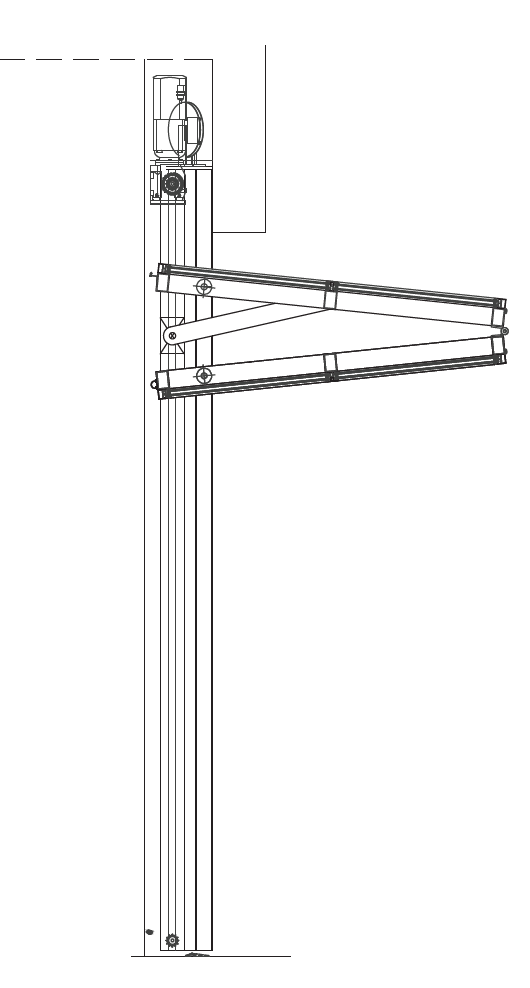


Then from within the type properties of the door, you equip the handle lock combination you created, as well as the panel of choice. To create a new handle lock combination you create a new type from the project browser. So to counter this, we now use a container for the handle and lock, and pleasantly, this also added an extra layer of stability to the general operation of the doors. As shown in the picture to the left, the handles and locks are embedded in a nested and shared family, which is then embedded within the door family along with the panel. It would delete important constraints for the correct operation of the family.
#Revit bifold door how to#
If a user tried to edit the family in Revit 2019 and then selected the wrong button when the warning occurred. Watch this video to learn how to model a Parametric Bi-Folding Doors in RevitJust note that this door family is not fully parametric and you can add more and. While the previous door versions worked perfectly fine. A single sliding door designed to meet the needs of high footfall entrance with good U values and intrinsic robustness. It was a necessary move to accommodate Revit 2019’s new warning about having nested families hosted on other nested families. While it may seem odd to add one extra step in the process of changing locks and handles. This means, to change the door lock and handle when in your project you will now edit the container families type properties.
#Revit bifold door update#
With our most recent update of all of our door families, the door handle and door lock has been consolidated into one nested and shared container family. Our extensive suite of Origin Building Information Models includes the following product ranges: OW-70 and OW-80 Window Systems OB-49 and OB-72 Bi-folding Door. Refer to our door families page for more information. All the same highly adjustable features are present within these families, and they even share the same nested panels handles and locks that are used in the swing, sliding and pivot sets.Īs with all of our other door families, panels are interchangeable on the fly, swings are independently adjustable in 2D and 3D, as well as frames being highly adaptable, and much more. After much testing the decision was made to split these families based on the door amount and the opening position, resulting in a set that currently contains 9 different variations. It was a beast of a family and suffered greatly from performance issues in projects whenever changes were made. These two features were useful but required enormous lines of equations, ‘if’ statements, embedded in ‘if’ statements, embedded in ‘and’ statements, only to be embedded in more ‘if’ statements. It even had the ability to dynamically change its opening position, flipping panels as needed, while also moving handles and locks, a task that was anything but simple. It utilized arrayed panels such that the amount could have been unlimited, in theory. The initial attempt at their creation was a single completely parametric folding door system. Based on the same nested and swappable families’ principal present in all of RevitHQ doors, these folding doors presented some new challenges.


 0 kommentar(er)
0 kommentar(er)
